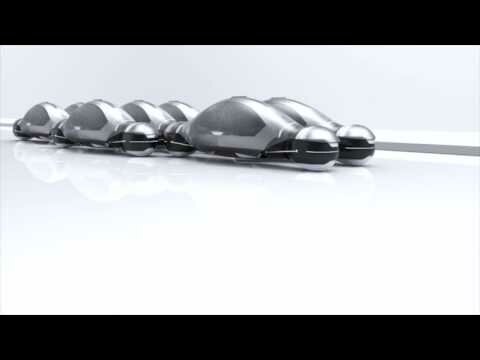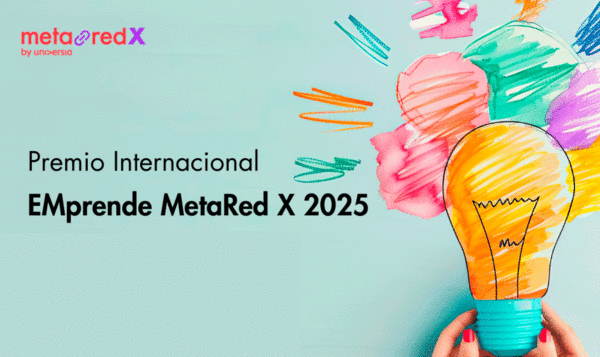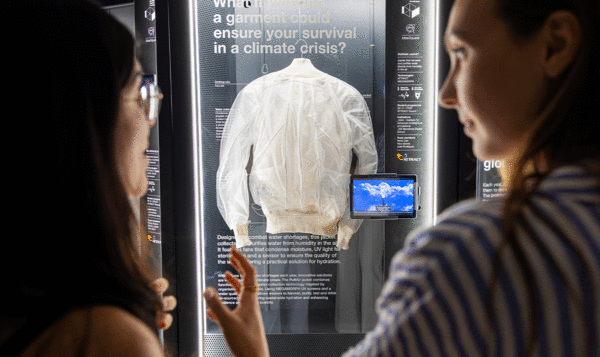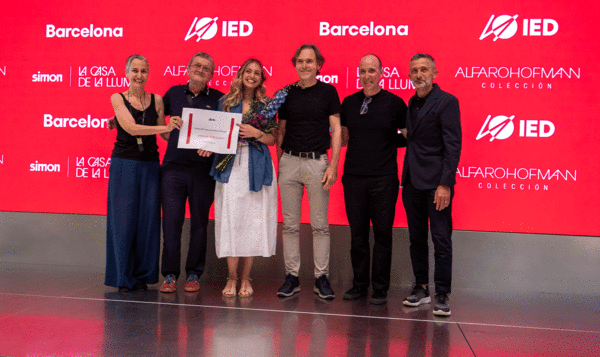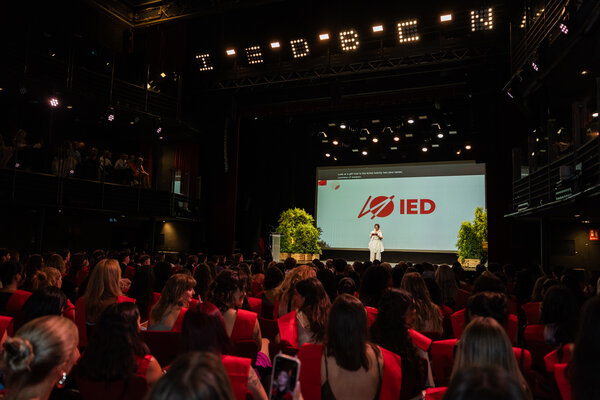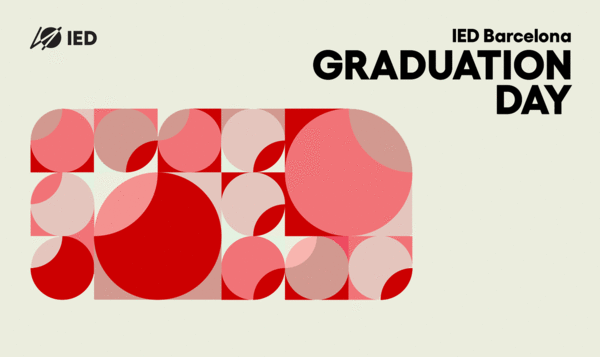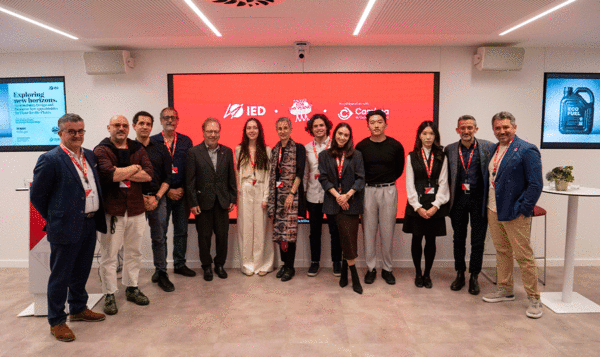Circular city: the future of urban efficiency thanks to technology and the circular economy. The example of Amsterdam
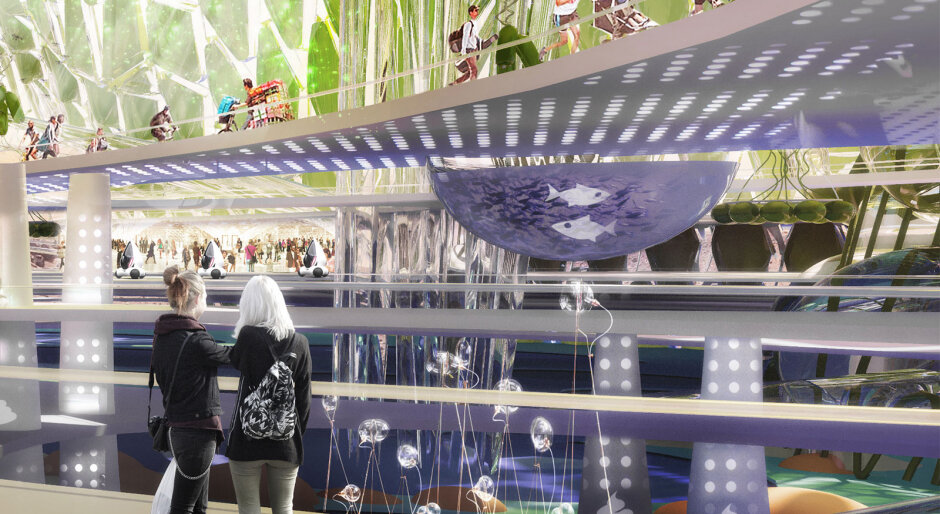
Circular City
Date
08 January 2019
The “circular city” concept refers to the circular economy applied to large cities, with the creation, through design, of services and systems capable of regeneration, accessible and numerous. The major themes behind the circular city idea were the overpopulation of large metropolises, the digital revolution, and the importance of the emergence of a circular economy.
The main objective of this type of city is to eliminate the concept of waste and achieve maximum efficiency for all services through digital technology. By generating a direct dialogue between citizens and the city and enhancing the consumption of limited resources, this trend creates prosperity, a better quality of life and greater well-being.
What technological developments will be related to this trend?
Asset tagging: asset “tagging” technologies will provide information on the condition and availability of products, components or materials.
Geo-spatial information: together with tagging technologies, geo-spatial information will give visibility to the flow of materials around the city, offering optimal routes to improve the mobility of resources.
Big data management: the management of information received through tagging and geo-spatial localisation will allow the definition of behavioural patterns.
Connectivity: the connectivity offered by smartphones will be the easiest way to obtain information about users’ needs and respond quickly and effectively to their requests.
Application to a specific case
In Amsterdam, the application of typical circular city systems for waste management and sustainable building is being explored. In 2016, the Dutch cooperative Circle Economy published a study showing how a circular city system could be applied to organic waste and the building sector.
The first system concerns the building sector. Four strategies for improving the circular economy were formulated:
-
eco-intelligent sustainable design to make buildings more suitable for reuse;
-
the demolition of constructions and facilities and the separation of waste streams;
-
the reuse and high-value recycling of materials and components;
-
the exchange of goods and commodities between market operators.
The second system concerns bio-waste. Here again, four guiding strategies have been formulated:
-
a central hub for enhancing bio-waste streams from household and industrial sources;
-
the intelligent separation of waste, including the possibility of using return logistics;
-
the connection of organic streams in a cascading way;
-
the recovery of essential nutrients to close the nutrient loop.
How do you think it will affect the world of work?
In addition to exerting less pressure on the environment, new business models will appear that will require designers capable of interpreting user needs and applying creative thinking to develop innovative designs.
In addition, new alliances and collaborations between different interest groups will be created with the emergence of new professional figures.
Photo: HP Mars Home Planet
Alessandro Manetti
Alessandro Manetti arrived in the Catalan city in 2002 to oversee the opening of the new seat after having been director of IED Torino from 1998 to 2002 and deputy director of IED Comunicazione in Milan from 1995 to 1998.
A sociologist by training, he has dedicated over 15 years to topics related to fashion, design, communication, creativity, new trends, and changes in contemporary society applied to education, research, and design. A concept designer and creative manager, he has extensive experience managing companies and organisations where human resources are crucial. With a multidisciplinary profile, he studies the links between fashion, new media, design, art, music, communication and management.
He is the creator of the Deflexor 2035 macro-trend map.
